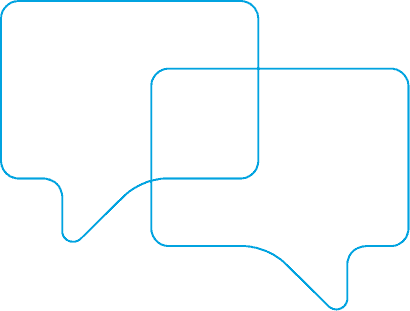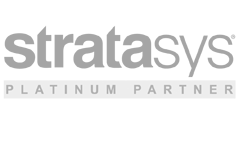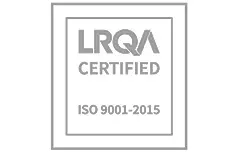
Origin One uses cutting-edge software for production-level part quality, detail and speed
Bringing the benefits of additive manufacturing to more businesses that make production parts has long been a goal of Laser Lines. Recent innovations mean that faster and cheaper production quality parts are now within reach for more types of industries. It is all thanks to the Origin One, a machine that takes a novel approach to additive manufacturing, making it possible to produce different types of parts accurately, repeatably and quickly.
For businesses that produce parts in the tens, hundreds and thousands, and where the price of a mould makes up a significant proportion of the overall cost of your part, this machine can reduce those costs and shorten lead times, without sacrificing quality.
With the ability to print down to 50 microns, it produces parts with an exceptional surface finish, while the technology enables parts to be nested for high build volumes.
P3 technology
Its secret is a technology known as P3 Programmable PhotoPolymerization. This is a refinement of Digital Light Processing (DLP) that has been proven to work for over 20 years across the industry.

The next stage of the process is separation, and this is one area where the P3 process differs from other DLP machines. Separation is needed when the resin changes from a liquid to a solid to stop it from sticking to the build membrane . How this is done has a huge impact on the quality of the finished part.
P3 machines use a pneumatic mechanism that results in low separation forces and lower stress on the part. Some rival machines rely on a chemical reaction, changing the material properties of the resin being used. Because P3 machines use a purely mechanical process, our material developers can use all the tools in the chemistry toolbox, without restriction, to produce a greater variety of materials. This method produces superior mechanical properties offering much greater flexibility when it comes to the types of materials that can be used.
The process repeats, layer by layer, until the build is complete. As there is only one moving part, it is a simple, reliable mechanism for additive manufacturing, resulting in parts of injection mould quality.
Many different sensors and cameras monitor the build, keeping an eye on key parameters such as temperature, separation forces, UV temperature, humidity and other environmental aspects. All this data is collected and used to alter the build to ensure accurate, consistent parts.
To help keep the part cost low, there is only one consumable in the printer apart from the material itself, and that is the membrane at the bottom of the tray that needs to be changed from time to time. The frame of the build tray itself does not need to be changed, and the membrane can be swapped in minutes.
The origins of Origin
The Origin One machines began as a Californian start-up in 2015, led by two people who, usually for the time, were more software engineers than hardware engineers. Founders Chris Prucha and Joel Ong had worked at Apple and Google before making the leap to start a new company focussed on 3D printing.
Chris Prucha subsequently explained his thinking to Authority Magazine: “I moved to California to work for Apple as a software engineer, but after a few years in the software world, I wanted to re-enter the physical world and work with my hands again. What I found really interesting about 3D printing is that it’s the closest thing we have to programmable matter. My co-founder, Joel Ong, and I met while working on an open-source software project. Joel had been working at Google on projects including Google X, Google Glass, and Chromium, an open-source project backed by Chrome.

The two founders bought their experiences of open software architectures to bear on their new project, making sure that the Origin One had an open materials architecture from the start. By partnering with large chemical companies to let them produce materials for the machine from the beginning, they ensured that there was a larger number of options available at a lower price.
Leading 3D printing manufacturer Stratasys bought the company in 2020 and offers the Origin One, along with a specialist variant for the dental industry, in addition to its FDM, Polyjet, SLA and SAF machines.
One-part resins
Unlike other similar machines, P3 materials are one-part resins, rather than two-part. This means that they have a longer shelf life. Some of the two-part resins that work with other manufacturers’ machines need to be used in around eight hours once opened, and a time-consuming, wasteful cleaning process is required as soon as each print is finished. With the Origin One, you can pour any unused resin back into the bottle at the end of the print, and unopened bottles can be kept for a year.

There are also speciality materials for dental applications, those requiring ESD properties, ceramic attributes or castability. Most only require a simple UV cure to finish them off at the end of the printing process.
Find out more about the Origin One and its fast, production-ready parts can help your business save time and money by calling Laser Lines on 01295 672599 or emailing [email protected]. We can arrange for a demonstration at the Digital Manufacturing Centre (DMC) in Silverstone.








